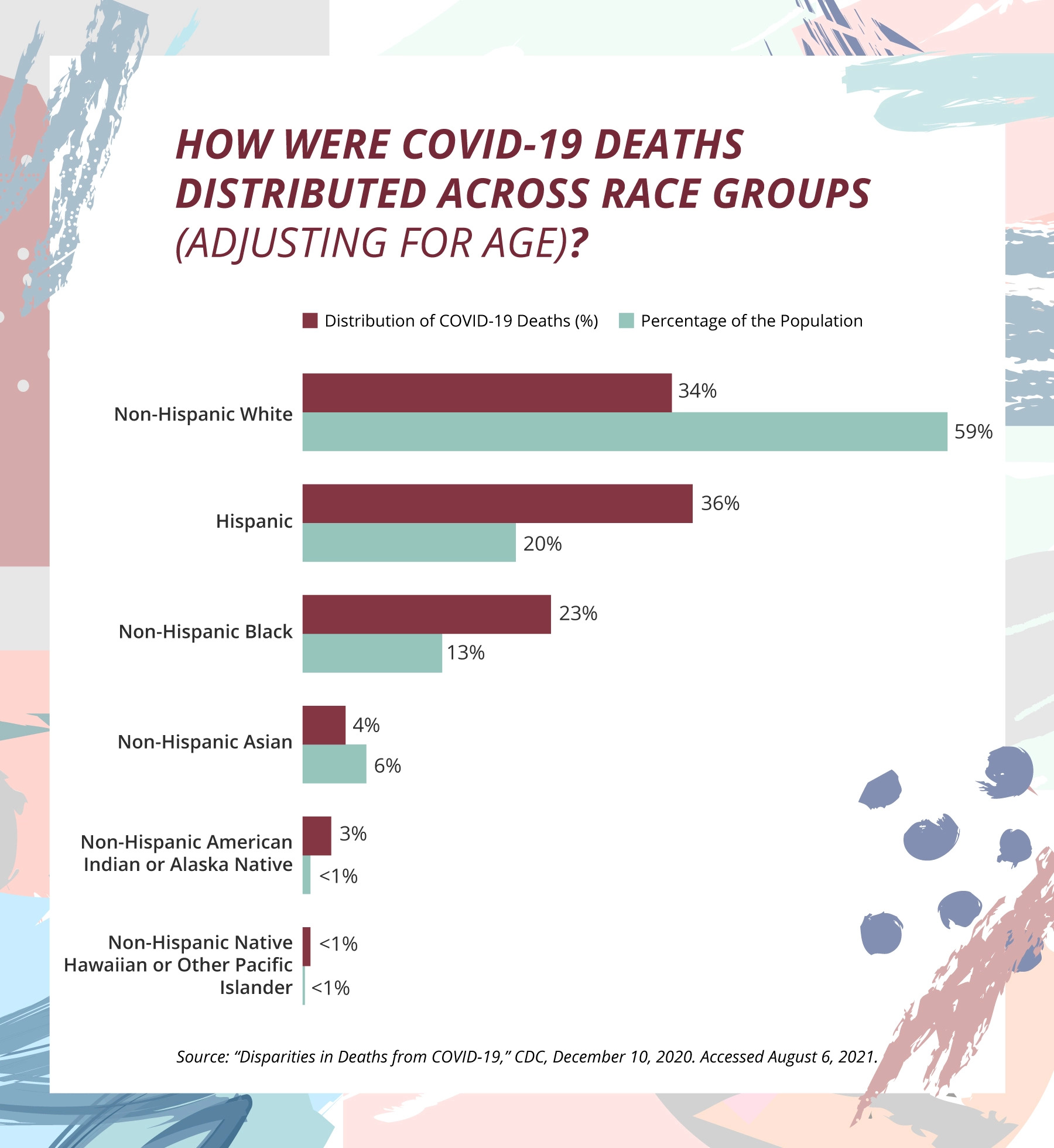How to Introduce and Implement Anti-Racism Efforts in Nursing and Healthcare
FIRST, LAY THE FOUNDATION
Activists in health organizations can start combating institutional racism by laying a foundation. Consider the following action steps:
- Define the problem(s), and set clear goals.
- Incorporate shared anti-racist language in daily communications.
- Establish support from leadership.
- Dedicate funding and resources.
- Bring in expertise where needed.
- Create ongoing, meaningful partnerships in the community.
NEXT, BEGIN A MULTI-LEVEL AND LONG-TERM APPROACH
With this foundation, health professionals can build a culture of anti-racism and begin (or continue) meaningful anti-racist work in their communities. Action steps for health organizations may include:
- Learn about the legacy of slavery in the American health system.
- Create a network of leaders to oversee anti-racism work and give them support.
- Provide training and education focused on anti-racism in healthcare.
- Re-evaluate policies through an anti-racist lens and implement changes as necessary.
- Develop an accountability structure for reporting racism, giving feedback and intervening.
- Use the health system’s resources to address structural barriers to care, such as transportation or finances.
- Update the selection process for boards of trustees to prioritize inclusivity.
- Back scientific research that focuses on addressing and eradicating racism.






